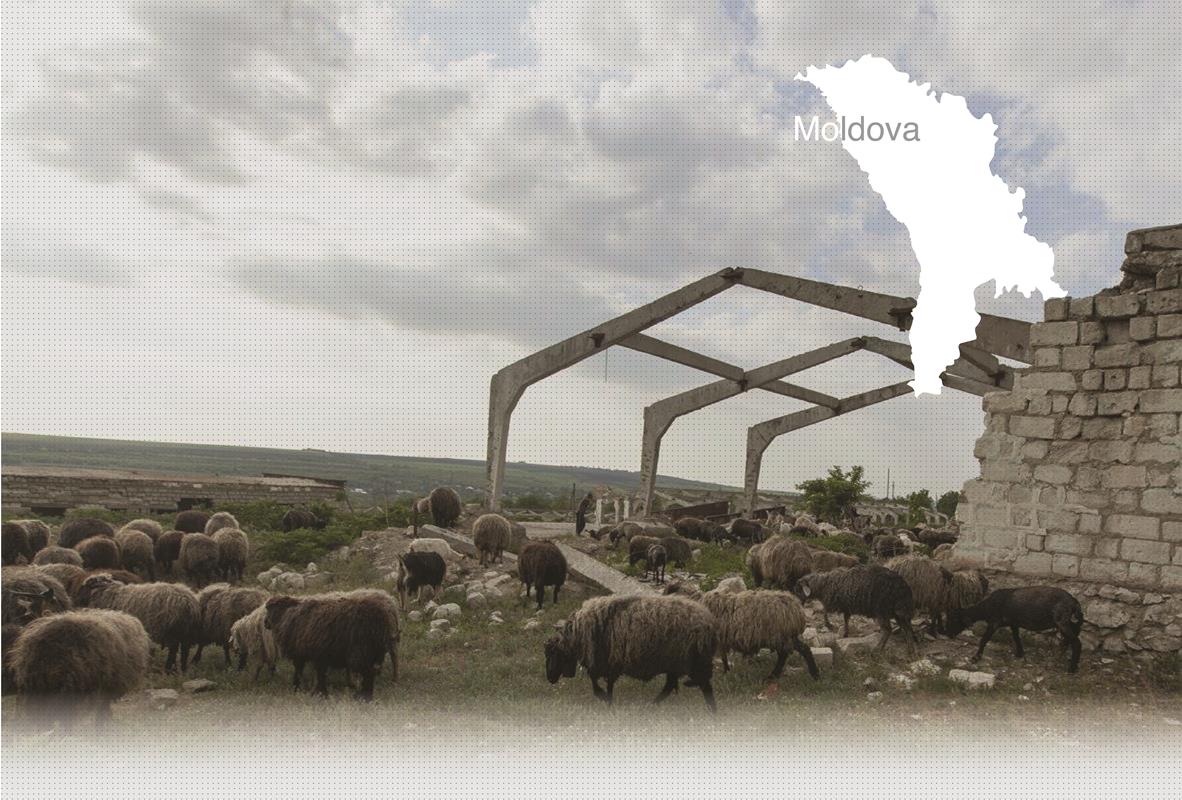

1 Sitio(s) de ejecución
Elizabeta L., born in 1918: “When the occupation started, the Jews from nearby villages were taken to the camp in Edineț. I remember that when the Romanian soldiers arrived in Zăbriceni, they gathered all the local Jews in one Jewish house and then, they shot them all in the nearby forest. One day, when I was passing next a Jewish house, a Romanian soldier got out of it and stopped me. He wanted to give me a bunch of clothes that he brought from that house but didn’t want to take them. He pointed his gun on me and threatened me with it so I took those clothes and I went back home. Later I learned that Romanians looted all the Jewish houses and shops and distributed Jewish clothes and belongings to the local peasants.” (Witness N°83, interviewed in Zăbriceni, on May 13, 2013)
“Two weeks after the arrival of the Romanian forces in Zăbriceni, all the remaining Jews, totaling 54 people, were first gathered at the Gendarmerie office, then sent to different concentration camps. Some of them died during the forced labor they were subjected to. Ms Buntsia Gerlman, her son Moisei, daughters Sheina and Hanna, her son in law Naftul; Mr Pereltsvach with his wife Rakhil; Mr Boris Simes with his wife Ides; Mr Moshko Gandelman with his wife Rakhil, and their daughters Khaika and Roza, and their granddaughter Monika were shot in the camp at Gvozdovka, in Balti district, as the Romanian Army retreated and the Red Army approached. Their bodies had petrol poured on them and were burned.” [Deposition given by a Jewish survivor Bluma K., born in 1914, native from Zăbriceni to the State Extraordinary Commission (ChGK) on December 20, 1944; RG.22-002M: GARF:7021-96-82]
Zăbriceni is a village in Edineț District in northern Moldova. Before the war, the town of Edineț had one of the largest Jewish communities in the district. In 1930, there were 5,341 Jews, representing more than 90% of the town’s total population. The Jews from Edineț were mainly traders and craftsmen such as shoemakers, tailors, and bakers. They worked or owned several factories producing sunflower oil, furs, and soap. Between the wars, there were about twenty prayer houses, several cheders as well as a Jewish cemetery in Edinet. The village of Zăbriceni is located about 15km north of Edineț. Before the outbreak of WWII it was inhabited mainly by Moldovans. There were several Jewish families in the village. They were mainly merchants and shop owners. They lived all over the village. YIU’s witness Elizabeta L., born in 1918, remembers her Jewish neighbor Moshe who was an ice cream maker as well as two Jewish girls: Haika and Rosa, both mentioned in the Soviet archives.
Some of Zăbriceni’s Jews managed to flee before the beginning of the occupation. In July 1941, when Romanian gendarmes arrived in the village, they immediately began to persecute the Jews. Elizabeta L., born in 1918 remembers that the Romanian gendarmes ‘came on foot and on horses and would ask villagers where they could find Jewish communists.’ Then, they would enter the Jewish houses shown to them by local informers, take the Jews outside and assemble them all together in one house owned by a local Jewish man. In total, they managed to arrest about 20-30 Jewish families: men, women, and children. Unlike what is reported in the archives, YIU witnesses confirmed that local Jews were killed on the spot. They were taken by cart from the gathering place to the nearby forest where a pit had been dug just before the execution. According to the YIU’s witnesses, the Jews from Zăbriceni were shot and buried in that forest by Romanian gendarmes most likely on July 4-5, 1941. Today, there is a memorial for Zăbriceni’s Jewish victims at the mass grave site.
¿Tiene información adicional con respecto a un pueblo que le gustaría compartir con Yahad?
Por favor contáctenos a contact@yahadinunum.org
o llamando a Yahad – In Unum at +33 (0) 1 53 20 13 17